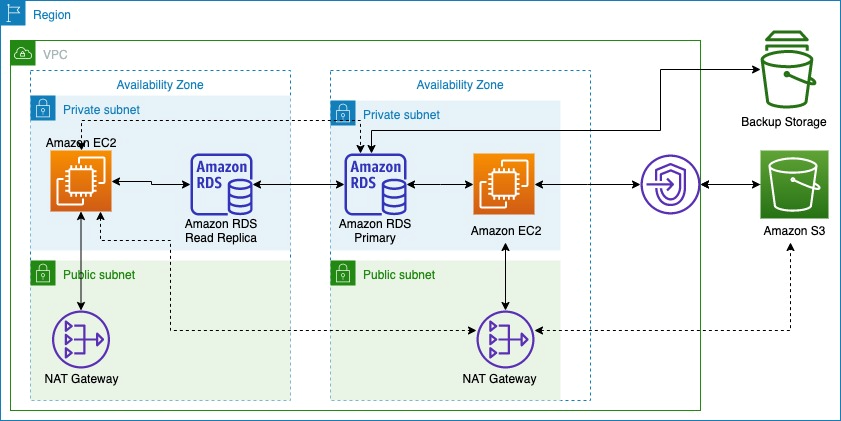AWS Architecture Blog
Category: Management Tools
How Munich Re Automation Solutions Ltd built a digital insurance platform on AWS
Underwriting for life insurance can be quite manual and often time-intensive with lots of re-keying by advisers before underwriting decisions can be made and policies finally issued. In the digital age, people purchasing life insurance want self-service interactions with their prospective insurer. People want speed of transaction with time to cover reduced from days to […]
Journey to Cloud-Native Architecture Series #6: Improve cost visibility and re-architect for cost optimization
After we improved our security posture in the 5th blog of the series, we discovered that operational costs are growing disproportionately higher than revenue. This is because the number of users grew more than 10 times on our e-commerce platform. To address this, we created a plan to better understand our AWS spend and identify cost […]
Continually assessing application resilience with AWS Resilience Hub and AWS CodePipeline
As customers commit to a DevOps mindset and embrace a nearly continuous integration/continuous delivery model to implement change with a higher velocity, assessing every change impact on an application resilience is key. This blog shows an architecture pattern for automating resiliency assessments as part of your CI/CD pipeline. Automatically running a resiliency assessment within CI/CD […]
Implementing lightweight on-premises API connectivity using inverting traffic proxy
This post will explore the use of lightweight application inversion proxy as a solution for multi-point hybrid or multi-cloud, API-level connectivity for cases where AWS Direct Connect or VPN may not be practical. Then, we will present a sample solution and explain how it addresses typical challenges involved in this space. Defining the issue Large […]
Disaster recovery with AWS managed services, Part 2: Multi-Region/backup and restore
In part 1 of this series, we introduced a disaster recovery (DR) concept that uses managed services through a single AWS Region strategy. In part two, we introduce a multi-Region backup and restore approach. With this approach, you can deploy a DR solution in multiple Regions, but it will be associated with longer RPO/RTO. Using a […]
Running hybrid Active Directory service with AWS Managed Microsoft Active Directory
Enterprise customers often need to architect a hybrid Active Directory solution to support running applications in the existing on-premises corporate data centers and AWS cloud. There are many reasons for this, such as maintaining the integration with on-premises legacy applications, keeping the control of infrastructure resources, and meeting with specific industry compliance requirements. To extend […]
Detecting data drift using Amazon SageMaker
As companies continue to embrace the cloud and digital transformation, they use historical data in order to identify trends and insights. This data is foundational to power tools, such as data analytics and machine learning (ML), in order to achieve high quality results. This is a time where major disruptions are not only lasting longer, […]
Building a serverless cloud-native EDI solution with AWS
Electronic data interchange (EDI) is a technology that exchanges information between organizations in a structured digital form based on regulated message formats and standards. EDI has been used in healthcare for decades on the payer side for determination of coverage and benefits verification. There are different standards for exchanging electronic business documents, like American National […]
Creating a Multi-Region Application with AWS Services – Part 3, Application Management and Monitoring
In Part 1 of this series, we built a foundation for your multi-Region application using AWS compute, networking, and security services. In Part 2, we integrated AWS data and replication services to move and sync data between AWS Regions. In Part 3, we cover AWS services and features used for messaging, deployment, monitoring, and management. […]
Dream11: Blocking application attacks using AWS WAF at scale
As the world’s largest fantasy sports platforms with more than 120 million registered users, Dream11 runs multiple contests simultaneously while processing millions of user requests per minute. Their user-centric and data-driven teams make it a priority to ensure that the Dream11 application (app) remains protected against all kinds of threats and vulnerabilities. Introduction to AWS […]









